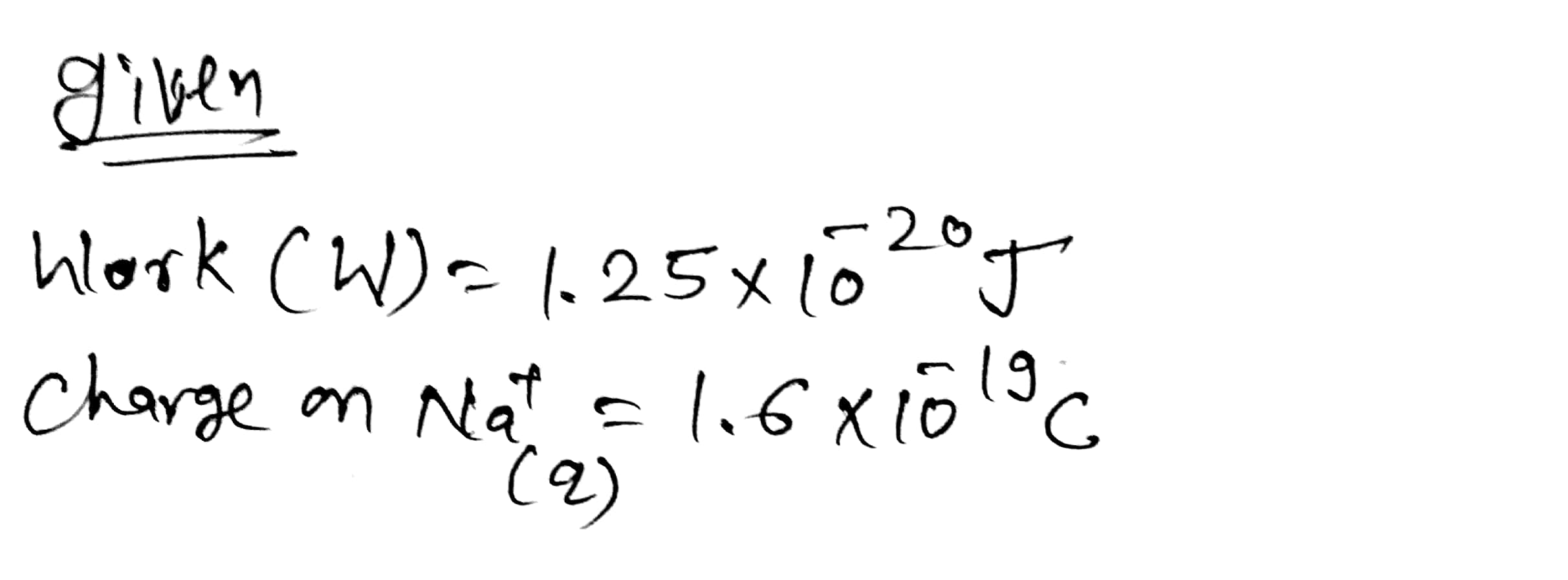A potential difference exists between the inner and outer surfaces of the membrane of a cell. The inner surface is negative relative to the outer surface. If 1.25 x 10^-20 J of work is required to eject a positive sodium ion (Na+) from the interior of the cell, what is the magnitude of the potential difference between the inner and outer surfaces of the cell?
Dielectric Constant Of Water
Water constitutes about 70% of earth. Some important distinguishing properties of water are high molar concentration, small dissociation constant and high dielectric constant.
Electrostatic Potential and Capacitance
An electrostatic force is a force caused by stationary electric charges /fields. The electrostatic force is caused by the transfer of electrons in conducting materials. Coulomb’s law determines the amount of force between two stationary, charged particles. The electric force is the force which acts between two stationary charges. It is also called Coulomb force.
A potential difference exists between the inner and outer surfaces of the membrane of a cell. The inner surface is negative relative to the outer surface. If 1.25 x 10^-20 J of work is required to eject a positive sodium ion (Na+) from the interior of the cell, what is the magnitude of the potential difference between the inner and outer surfaces of the cell?

Step by step
Solved in 3 steps with 2 images









